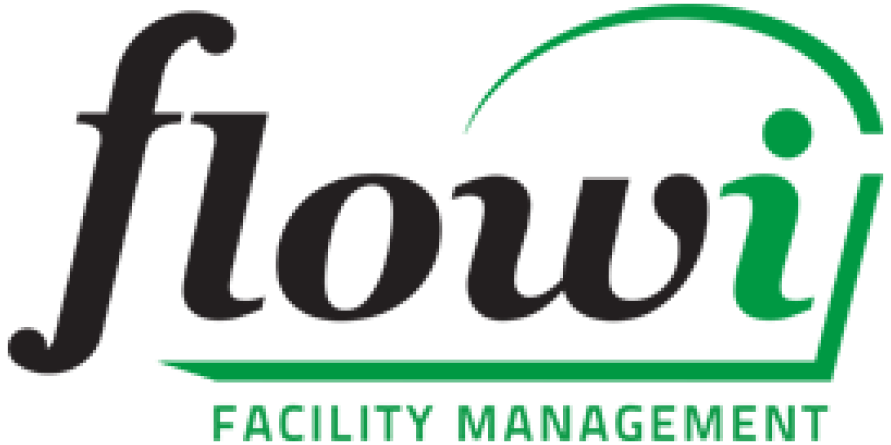Maintenance Management is crucial for ensuring the reliability, safety, and efficiency of the facilities infrastructure and equipment’s. Proper maintenance practices help prevent equipment failures, extend the lifespan of assets, and minimize the risk of accidents or environmental incidents. Here are FLOWI’s key features of Maintenance Management:
Routine Inspection and Monitoring
- Conduct regular visual inspections of all terminal facilities, including storage tanks, pressure vessels, pipelines, pumps and package equipment’s, valves, and other equipment’s.
- Utilize technologies such as sensors and monitoring systems for real-time data on the condition of assets.
Preventive Maintenance Programs
- Develop and implement a preventive maintenance schedule based on equipment manufacturer recommendations, industry best practices, and regulatory requirements.
- Schedule routine tasks such as lubrication, calibration and equipment testing to identify and address potential issues before they lead to failures.
Asset Management
- Maintain an up-to-date asset registry that includes detailed information about each piece of equipment, its maintenance history, and critical components.
- Prioritize assets based on their importance to terminal operations and potential impact on safety and the environment.
Corrosion Control
- Implement corrosion control measures for storage tanks, pipelines and other equipment’s to prevent degradation and extend their operational life.
- Perform regular inspections and corrosion assessments to identify areas that require maintenance or protective coatings.
Equipment Overhaul and Upgrades
- Plan for scheduled overhauls or upgrades of major equipment to address wear and tear and incorporate technological advancements.
- Evaluate the economic feasibility and benefits of upgrading to more efficient and environmentally friendly technologies.
Reliability-Centered Maintenance (RCM)
- Implement RCM principles to identify the most critical components and failure modes, enabling a more focused and cost-effective maintenance approach.
- Use data and analytics to make informed decisions about when and how to perform maintenance activities.
Spare Parts Management
- Maintain an inventory of critical spare parts to minimize downtime in the event of equipment failure.
- Establish relationships with reliable suppliers to ensure timely access to replacement parts.
Contractor Management
- Engage qualified contractors for specialized maintenance tasks
- Ensure that contractors adhere to safety protocols and regulatory requirements.
Training and Skills Development
- Provide ongoing training to maintenance personnel to enhance their skills and keep them informed about the latest technologies and best practices.
- Cross-train employees to ensure flexibility and coverage for various maintenance tasks.
Documentation and Recordkeeping
- Maintain detailed records of all maintenance activities, including inspections, repairs, and equipment replacements.
- Use a computerized maintenance management system (CMMS) for efficient documentation and scheduling of maintenance tasks.
Environmental and Safety Compliance
- Integrate environmental and safety considerations into maintenance practices to comply with regulations and minimize the risk of incidents.
- Conduct regular safety audits and assessments to identify and address potential hazards.
Effective maintenance management requires proactive planning, regular monitoring, and a commitment to continuous improvement. FLOWI implements these practices in the facility to enhance their operational reliability and contribute to the overall safety and sustainability of the operations.
